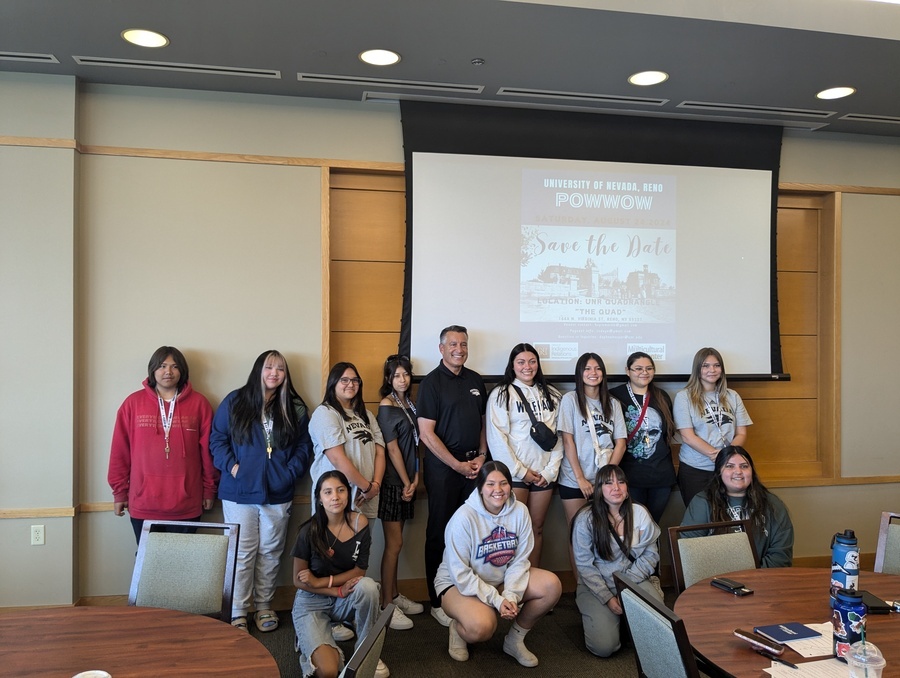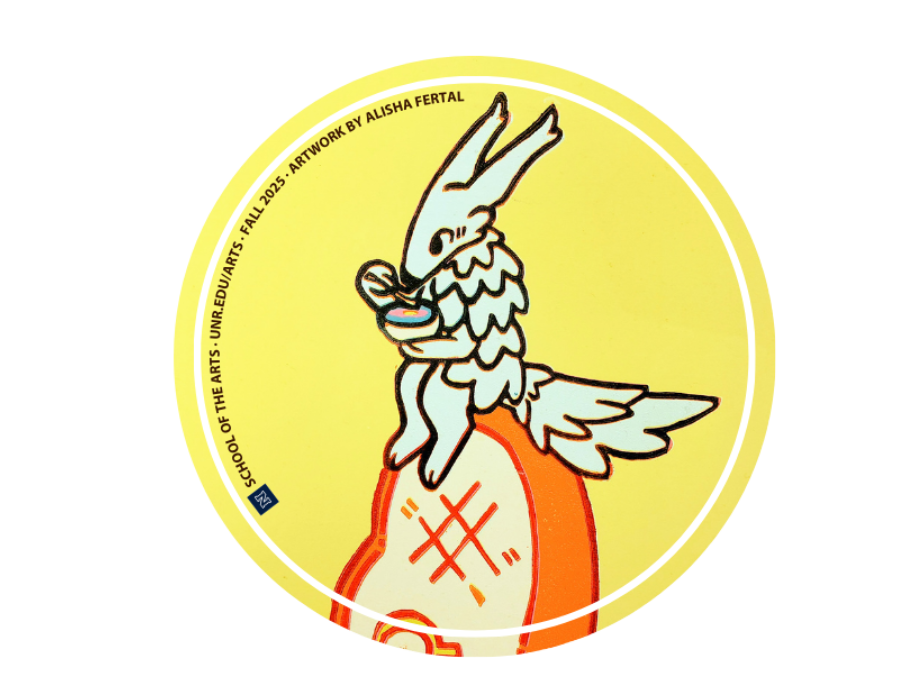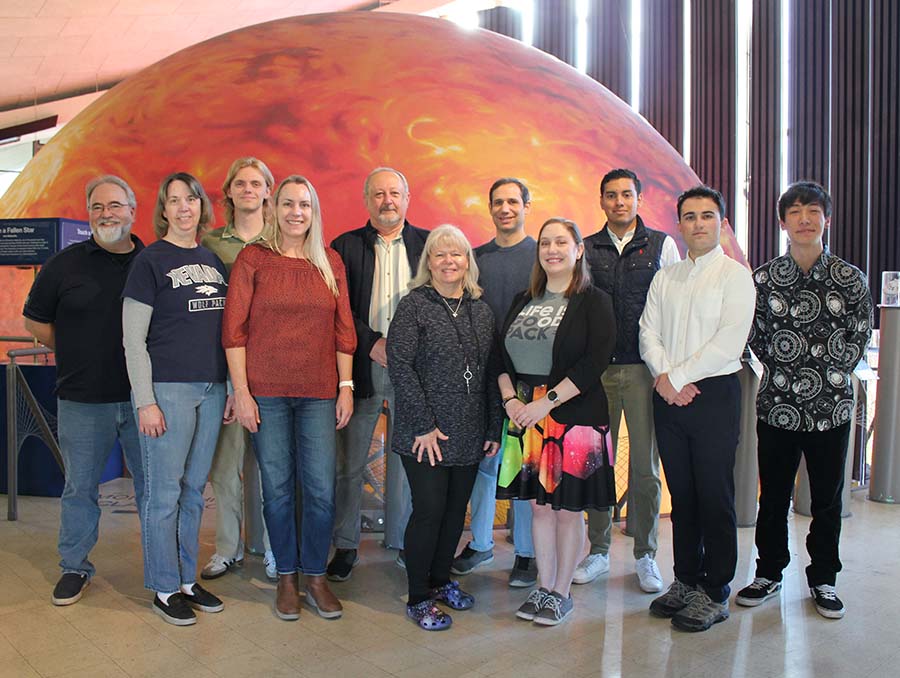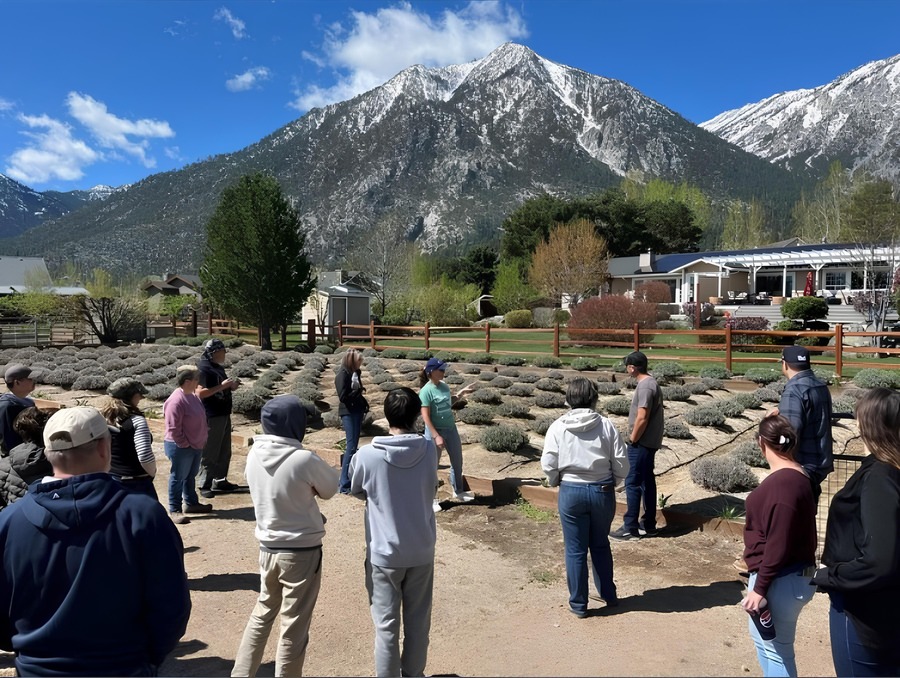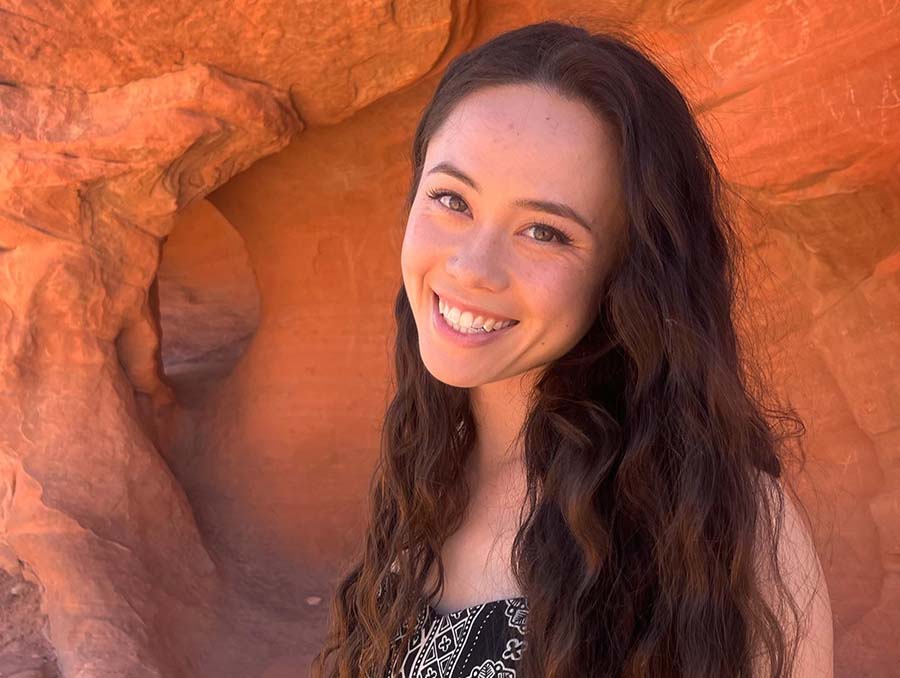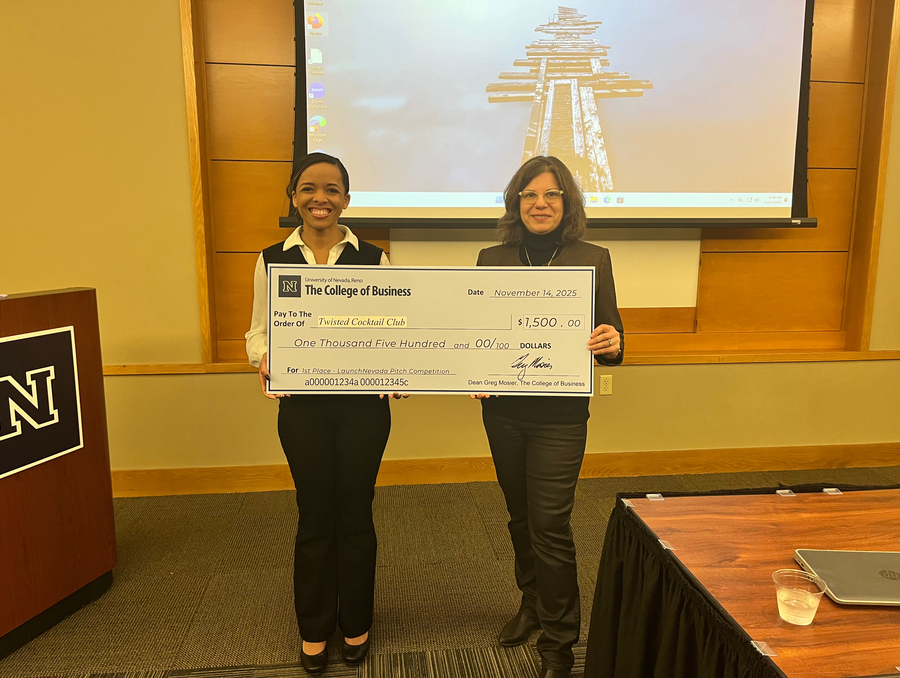The Office of Indigenous Relations at the University of Nevada, Reno hosted the second annual Native Learn, Empower, Achieve, Dream (LEAD) program this July. The week-long immersive program hosts Indigenous high school students from Nevada who are given the opportunity to live and learn on campus at the University.
On Monday, July 8 the Native LEAD program kicked off the experience, welcoming 15 students. The program was crafted for students to explore college life, immerse themselves into campus, and learn valuable insights about the academic, financial, cultural and social aspects of attending university as well as the resources the campus offers.
“The Native LEAD program focuses on Native youth who may be potentially interested in attending college,” Daphne Emm Hooper, the director of Indigenous relations at the University of Nevada, Reno, said. “They come to the University from all over the state, some from rural areas, and the experience is an eye-opener for many about how college may benefit them.”
Activities in the program included learning about resources on campus like the Office of Indigenous Relations and the Multicultural Center. Academically, students learned about STEM, business, finance, and other potential areas of study available at the University.
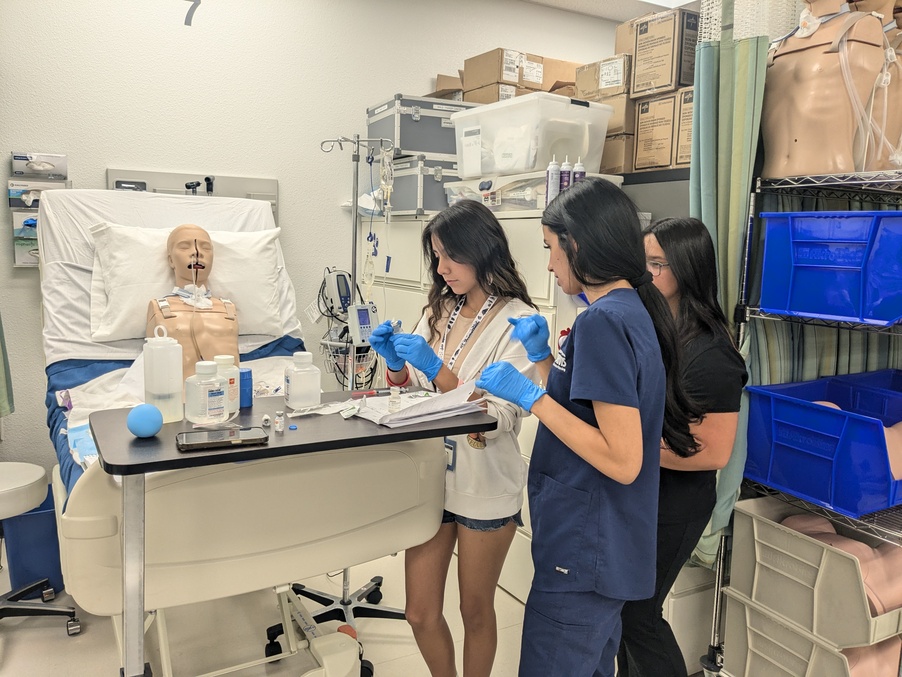
Faculty and staff welcomed and checked the participating students into Argenta residence hall, kicking off the start of an exciting week. They ate meals on campus including a few from the University dining hall, Pack Place, and toured the E.L. Wiegand Fitness Center. The students participated in a financial literacy night with Great Basin Federal Credit Union representatives who shared information on budgeting, credit and additional resources to support their financial literacy journeys.
Students learned about the Nevada INBRE Tribal Academy of Health and Science program at the University, and got a tour of the Orvis School of Nursing and the Innevation Center. Vernon Rogers of the Yerington Paiute Tribe taught the students how to play hand games on the Quad.
Led by Michon Eben, the tribal historic preservation officer at the Reno-Sparks Indian Colony, and Rochanne Downs, NAGPRA liaison and project manager, students also learned about cultural resources. They visited the Anthropology Research Museum, located in the Ansari Business Building, and enjoyed a brief Introduction to Archaeology lecture. Students also explored the @One and Special Collections at the Mathewson-IGT Knowledge Center and enjoyed a movie night.
For this first time, the camp included a visit to the University of Nevada, Reno at Lake Tahoe campus. Students visited the campus, toured the Gatekeepers Museum, met with University Sustainability Manager Phoebe Judge and spent some time cooling off in the lake. Students not only experienced the rigorous lifestyle that comes with attending college, but they also learned the important balance between hard work and making time for themselves.
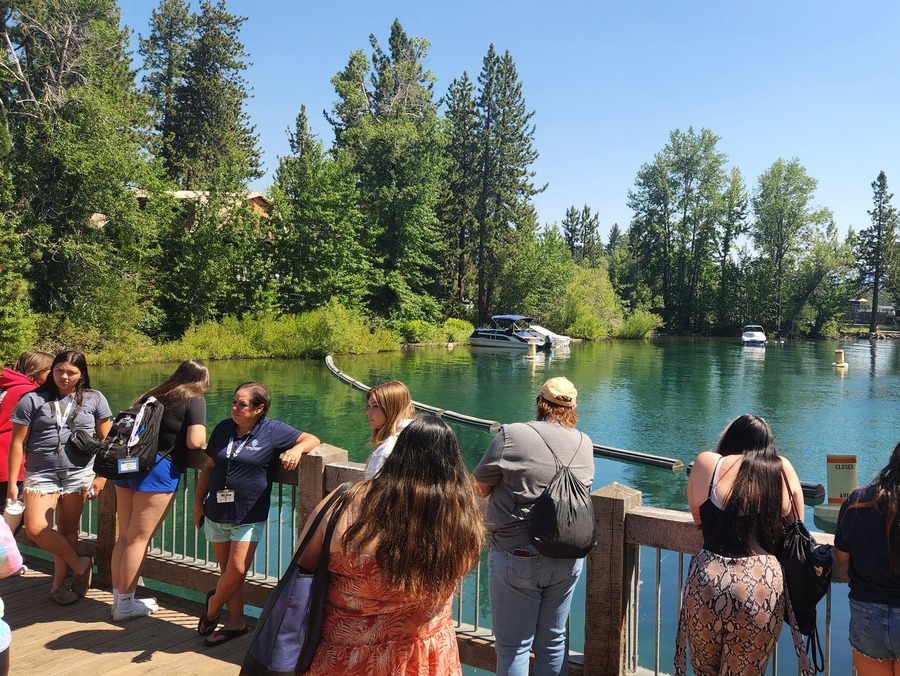
Students were selected for participation in the program after applying online. The application asked the students to explain why they want to attend the program, what aspects of college they are interested in and other questions about what they want to do after they graduate high school. This allows the program designers to craft each activity and event uniquely for the students’ interests. The coordinators of the program keep the number of participants relatively low so that they can ensure each student gets personalized attention and focus.
“Reno is a different experience for many of our participants,” Emm Hooper said. “Many come from rural communities so campus, Reno and Lake Tahoe are all novel experiences for them. The program helps them visualize themselves as actual students here.”
More information about the program including how to apply can be found on the Office of Indigenous Relations website.
